University of Eldoret
Research Sites
In the ConneSSA Project, University of Eldoret is tasked with accomplishing Work Package (WP) 1: Rehabilitation of degraded soils and enhancing resource use efficiencies. Ongoing research on this WP is being conducted in Western Kenya in 3 Counties, Bungoma (BUN), Busia (BUS) and Vihiga (VIH). Four sites have been selected per county with soil classified as Ferralsols and Acrisols. The sites selected in Bungoma and Busia Counties are based on on-going VLIR and BREAD projects while the VIHIGA sites are for the RUFORUM funded Project on diagnosing and rehabilitating poor responsive soils in integrated crop-livestock small holder farming systems. The VLIR Project hypothesizes that poor responsiveness of the soils results from high sand texture (>50%) and slope gradient (>5%). In Vihiga County, poor responsiveness is hypothesized to result from low pH and deficient essential elements (N, P, K and Zn). The main aim of this study is to quantify the effects of organic materials addition on root development and crop yield in PRS of Western Kenya. In particular data is being collected on physical characteristics of PRS. Monitoring of organic materials effect added to the experiments is being done. A balanced nutrition is given to all treatments in the project to ensure there are no problems that may arise from nutrient imbalances. The physical characteristics of interest are water holding capacity, bulk density, compaction, infiltration, hydraulic conductivity, available water content, soil texture, aggregate stability and porosity. At the end of the study a model will be used to simulate if other factors apart from physical characteristics could be influencing PRS. Similar soil physical properties could help identify the occurrence of poor responsiveness. It is expected that soil physical properties associated with degradation could be the driving force behind this poor responsiveness while organic material addition a means to rehabilitation.
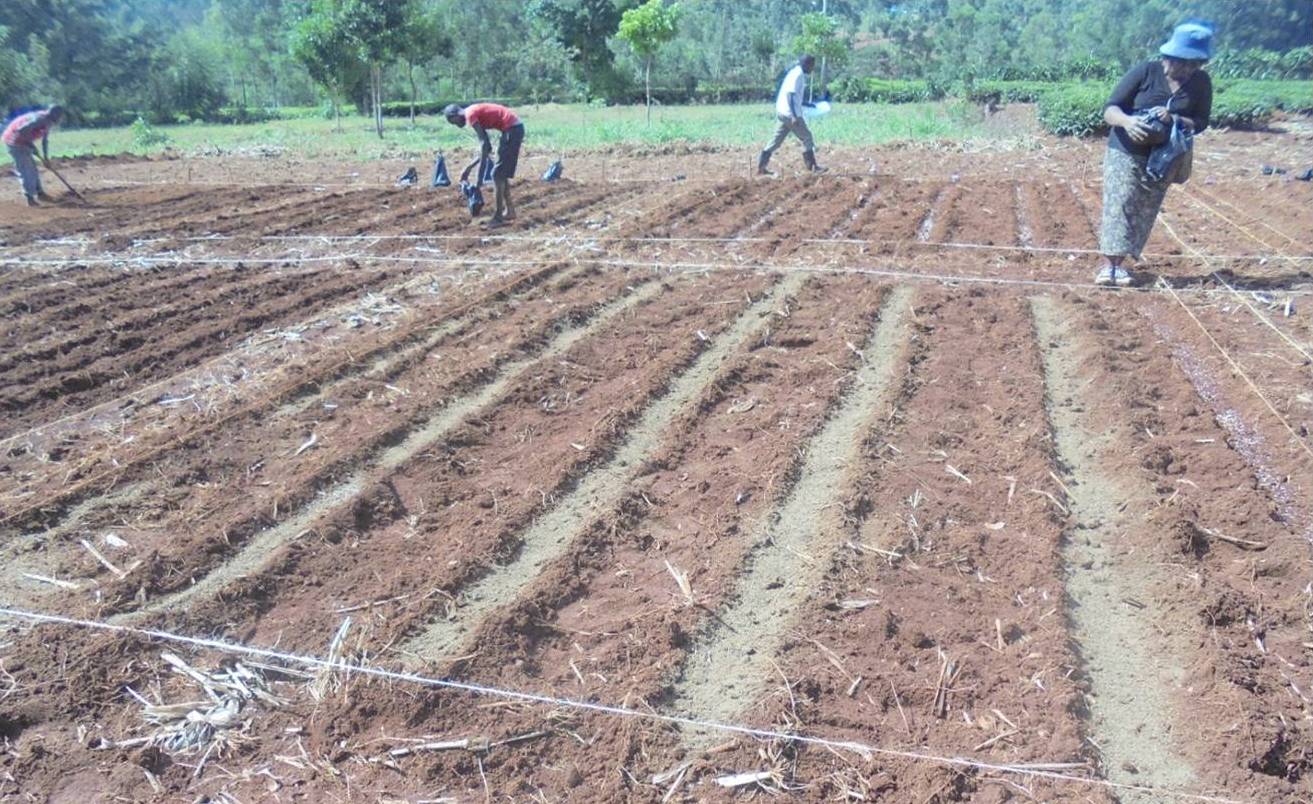

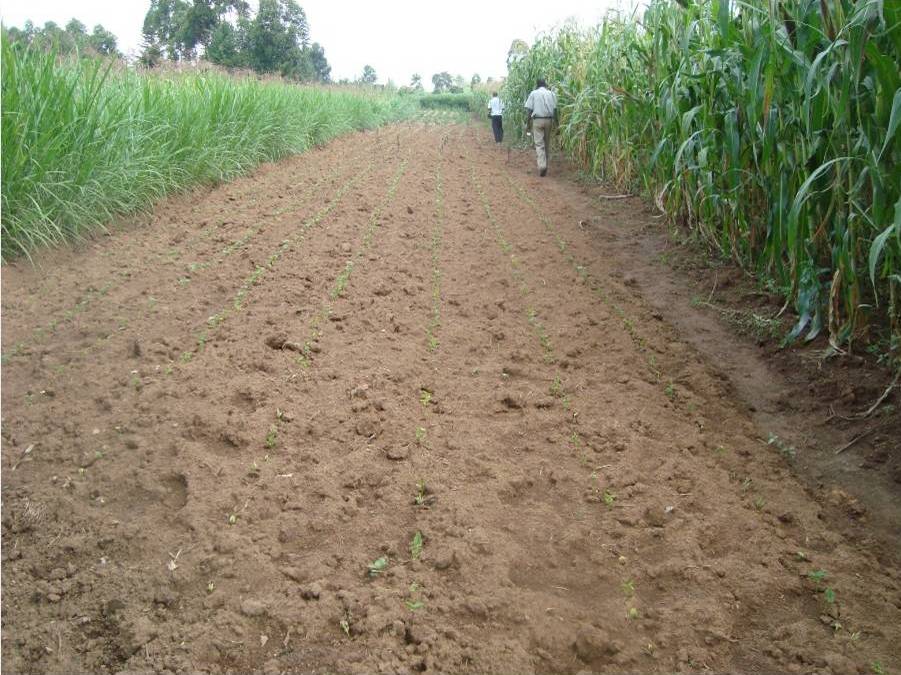



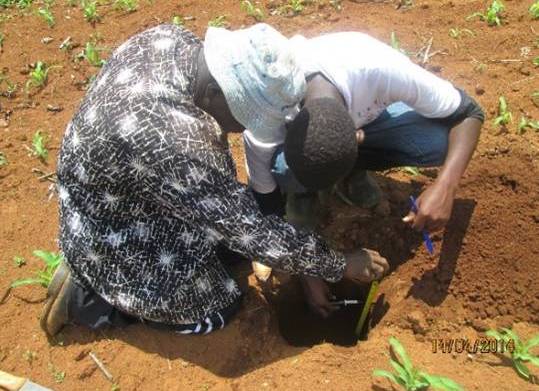
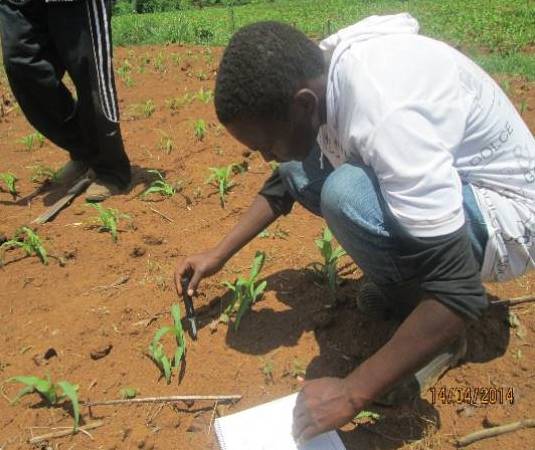
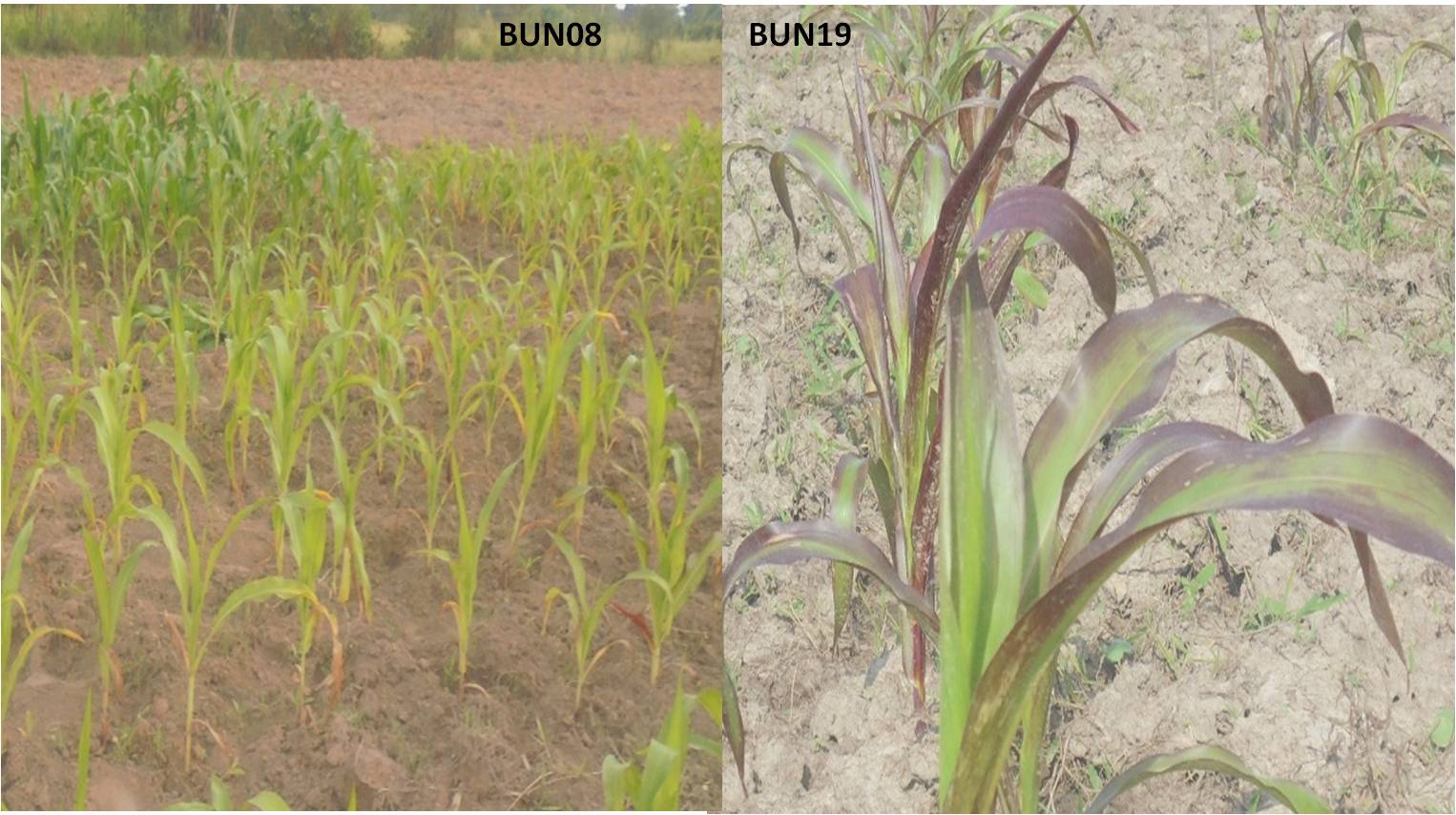


- Below you can find detailed information on the project sites (VLIR, RUFORUM, BREAD):
1. The VLIR Funded Project: Bungoma and Busia Counties-Collaboration between UOE and KULeuven
University of Eldoret and KULeuven are part of the consortium partnership within the ConneSSA project. Their main role in the project is to provide part of their database to model the effect of organic resources in aggrading poorly responsive soils of SSA. The data to be used in the modelling activity for WP 2 is sourced from an on -going research project focusing on the poor responsive soils to fertilizer application in western Kenya. This research project is funded by the VLIR MU-UOS project, a cooperation initiative between the Belgian and Kenyan government. The research envisaged unravelling the drivers of poor soil responsiveness to fertilizer application through identifying the nutrient imbalances that limit optimal crop production in western Kenya. Thereafter, correction of those nutrient imbalances would be key in rehabilitating those soils. The research project commenced in 2013 with the first nutrient diagnostic phase consisting of a base line survey and multi- locational on- farm trials The On- farm trials run for 3 consecutive crop growing seasons ( short rain season 2013, long and short rains 2014). During that phase, critical plant nutrient indices (maize & soybean) were established in the laboratory at KULeuven. Seven plant nutrients (5 macro and 2 micro) were found to be the limiting factors for optimal crop production in western Kenya. This formed the basis for establishing an aggradating programme of poor responsive soils in the study area. Local knowledge of occurrence and management of poor responsive soils by small scale holder farmers in western Kenya was considered in developing the rehabilitation packages. Some of the rehabilitation packages included use of organic resources which creates an entry point to ConneSSA.
2. RUFORUM Funded Project-VIHIGA COUNTY
Vihiga county is located in western part of Kenya and is one of the counties falling under the former western province. The climate is mainly sub humid to humid with an average rainfall of 1000-2700mm per year with variations due to altitude. It was curved out of Kakamega District (now county) in 1991 and now forms one of the eight counties in Western Province. It borders Kakamega county to the North, Nandi county to the East, Kisumu county to the South and Siaya county to the South West. The county lies between longitude 340 30’ East and 350 0’ East and between longitude 00 and 00 15’ North. Even though the region has high agricultural potential, the increasing population, degrading soils and high poverty has led to low agricultural productivity. The increase in population and hence the increase in land use intensity is causing low fertility where Nitrogen (N) and Phosphorus (P) and Potassium (K) are the main limiting nutrients. The major soils found in the district are Cambisols and Acrisols which are deep, well drained and slightly acidic covered with humic top soils from both volcanic and basement complex with yellowish red loams derived from sediments and basements. Some pockets of dystric Acrisols and humic Acrisols are widespread in the county. Field trials are being conducted in Hamisi and Vihiga sub counties to evaluate and compare different nutrient combinations on soil properties and Maize and Desmodium performance. These are NPK, farm yard manure (FYM), lime and Zinc (Zn) where a balanced supply of essential nutrients is intended.
3. BREAD Project: Yala-Siaya County
The BREAD Project, even though not affiliated to ConneSSA is also involved in the aggradation of poorly responsive soils and in particular alleviating the constraints due to soil acidity that would be drivers of chemical poor responsiveness. This project has five-year on-farm demonstrational trials running in 25 farmers’ fields in Yala, which is 1400-1500 m asl, west of the Rift Valley and close to 30 km north of Lake Victoria. The equator lies just to the south of Yala (0o 06”N). The area is classified as a sub-humid, tropic, with an average temperature of 24oC, ranging from 18 to 27oC and an annual rainfall of 1800 mm. Rainfall is bimodal, divided into the long rainy season from March to June (1120 mm) and the short rainy season from September to December (710 mm), though short rains are extremely variable but highly predictable due to strong influence of the El Nino Southern Oscillation. The dominant soil orders in the region are predominantly Oxisols (Ferralsols), Alfisols (Nitisols), and Vertisols. The soils are clayey, reddish, naturally deep and well drained.
